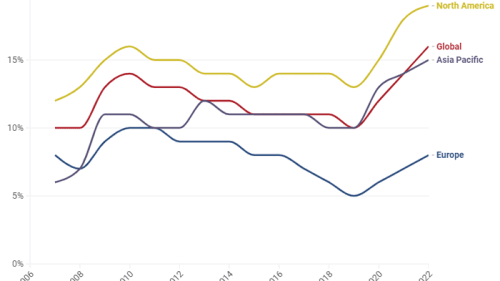Three years ago, RCLCO unveiled a new framework for thinking about local housing markets. Created in conjunction with the ULI Terwilliger Center for Housing, the Neighborhood Atlasframework initially examined the 50 largest metropolitan areas in the country to classify each of their suburbs into one of five categories.
RCLCO has expanded its analysis to cover six different types of urban neighborhoods as well, expanding to 100 of America’s largest metropolitan areas.
Here are some of the trends that RCLCO found in its analysis of these neighborhood-level data:
- Urban and suburban neighborhoods grew at roughly the same rates from 2010 to 2018.
- These growth patterns were substantially different from the ones that had occurred during the previous decade.
- More and more families are choosing to remain in urban neighborhoods.
- Suburbs continue to attract the majority of rental apartment development, given their size and diversity.
- Rent growth has moderated in recent years, especially in urban neighborhoods.
- Urban neighborhoods continue to face greater affordability issues than the suburbs.





